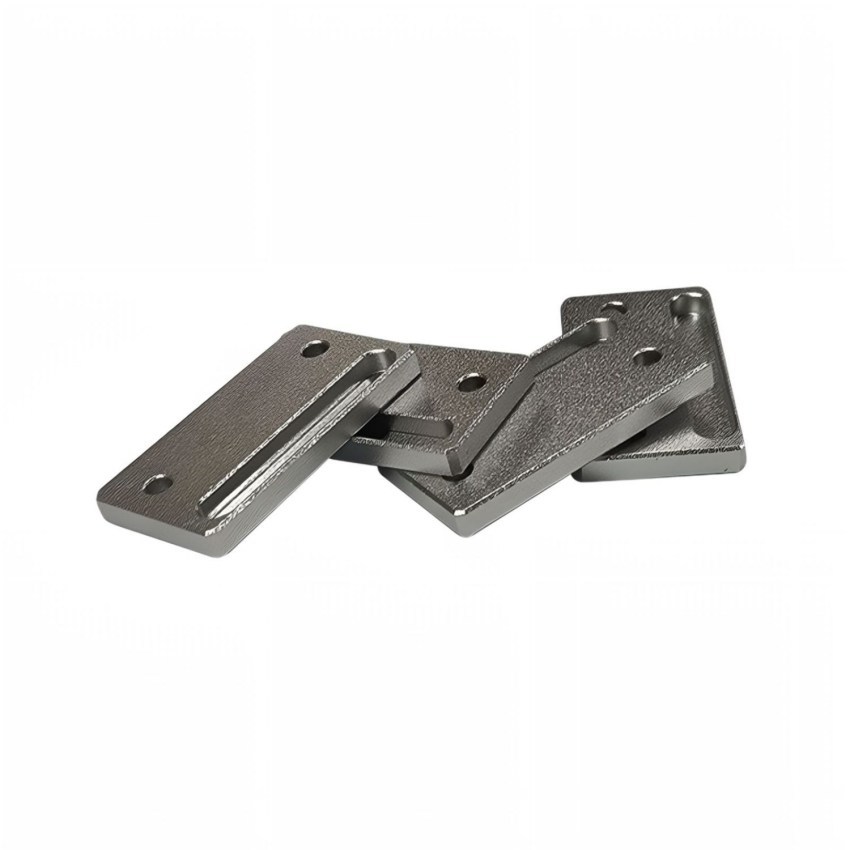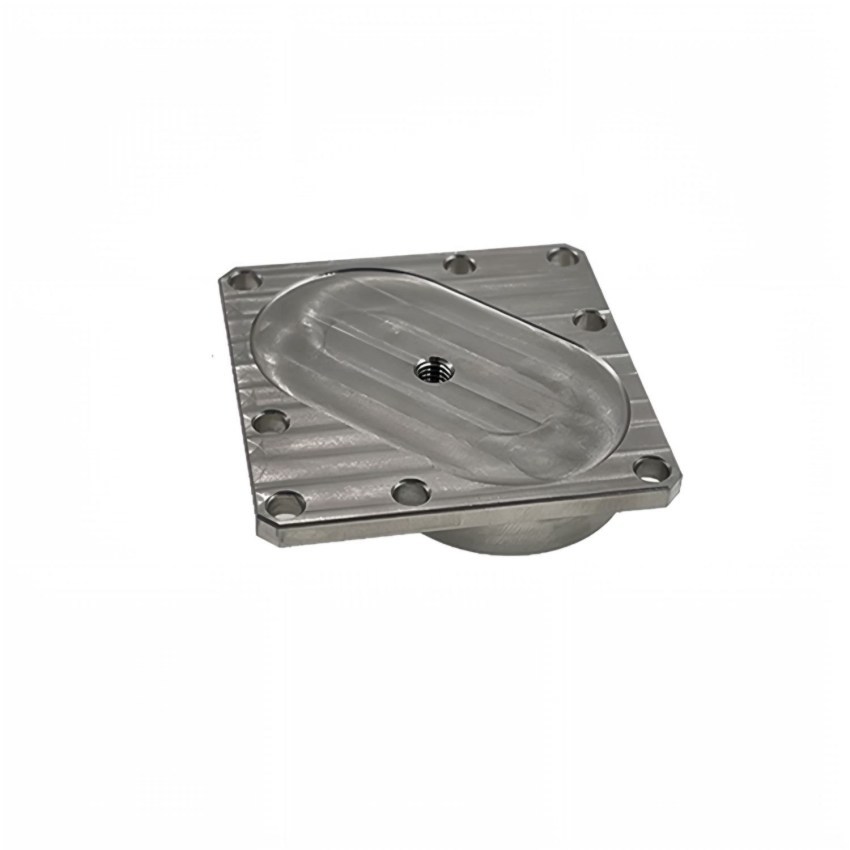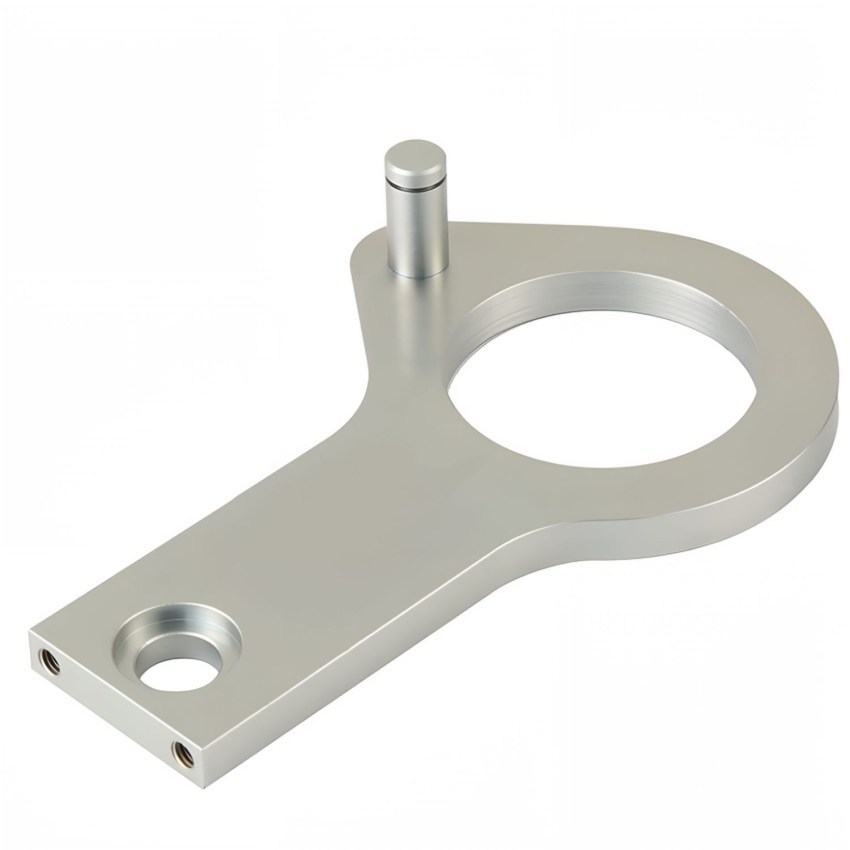Understanding Sheet Metal Manufacturing: A Comprehensive Overview
Release time:
2025-05-05
Sheet metal manufacturing is a vital process in the mechanical hardware and machining industry, specifically within the realm of metal fabrication. It involves transforming flat metal sheets into finished products through various techniques. This process is essential for creating components used in numerous applications, from automotive and aerospace to electronics and construction. The sheet meta

Sheet metal manufacturing is a vital process in the mechanical hardware and machining industry, specifically within the realm of metal fabrication. It involves transforming flat metal sheets into finished products through various techniques. This process is essential for creating components used in numerous applications, from automotive and aerospace to electronics and construction.
The sheet metal manufacturing process can be broken down into several key techniques, including cutting, bending, and shaping. These techniques are often employed in combination to achieve the desired specifications for a product. One of the most common methods is laser cutting, which allows for high precision and efficiency, making it suitable for intricate designs. Other methods include punching, which creates holes or other shapes in the metal, and water jet cutting, which utilizes high-pressure water to slice through metal without generating heat.
Once the sheet metal is cut, bending is the next step. This process involves applying force to the sheet metal to create angles and curves. Press brakes are commonly used for this purpose, allowing for consistent and accurate bends. After bending, additional shaping may be required, which could involve processes like roll forming or welding, depending on the complexity of the final product.
The applications of sheet metal manufacturing are vast. It is used to produce everything from ductwork in HVAC systems to enclosures for electronic devices. Its lightweight yet durable nature makes it an ideal choice for industries that require materials that can withstand various stresses and strains. Additionally, the versatility of sheet metal allows for customization in design, enabling manufacturers to create products that meet specific requirements.
One of the primary benefits of sheet metal manufacturing is its efficiency. The processes involved can be highly automated, leading to reduced labor costs and increased production rates. Furthermore, advancements in technology have led to improved quality control measures, ensuring that the final products meet stringent industry standards.
Moreover, sheet metal is recyclable, contributing to sustainable manufacturing practices. This aspect is becoming increasingly important as industries strive to reduce their environmental impact. By utilizing recycled materials, manufacturers can not only lower costs but also support a circular economy.
In conclusion, sheet metal manufacturing plays a crucial role in the mechanical hardware processing sector. Understanding its processes, applications, and benefits allows professionals to leverage this technology effectively in their projects. Whether creating components for complex machinery or simple enclosures, the versatility and efficiency of sheet metal manufacturing continue to make it an indispensable aspect of modern manufacturing.
The sheet metal manufacturing process can be broken down into several key techniques, including cutting, bending, and shaping. These techniques are often employed in combination to achieve the desired specifications for a product. One of the most common methods is laser cutting, which allows for high precision and efficiency, making it suitable for intricate designs. Other methods include punching, which creates holes or other shapes in the metal, and water jet cutting, which utilizes high-pressure water to slice through metal without generating heat.
Once the sheet metal is cut, bending is the next step. This process involves applying force to the sheet metal to create angles and curves. Press brakes are commonly used for this purpose, allowing for consistent and accurate bends. After bending, additional shaping may be required, which could involve processes like roll forming or welding, depending on the complexity of the final product.
The applications of sheet metal manufacturing are vast. It is used to produce everything from ductwork in HVAC systems to enclosures for electronic devices. Its lightweight yet durable nature makes it an ideal choice for industries that require materials that can withstand various stresses and strains. Additionally, the versatility of sheet metal allows for customization in design, enabling manufacturers to create products that meet specific requirements.
One of the primary benefits of sheet metal manufacturing is its efficiency. The processes involved can be highly automated, leading to reduced labor costs and increased production rates. Furthermore, advancements in technology have led to improved quality control measures, ensuring that the final products meet stringent industry standards.
Moreover, sheet metal is recyclable, contributing to sustainable manufacturing practices. This aspect is becoming increasingly important as industries strive to reduce their environmental impact. By utilizing recycled materials, manufacturers can not only lower costs but also support a circular economy.
In conclusion, sheet metal manufacturing plays a crucial role in the mechanical hardware processing sector. Understanding its processes, applications, and benefits allows professionals to leverage this technology effectively in their projects. Whether creating components for complex machinery or simple enclosures, the versatility and efficiency of sheet metal manufacturing continue to make it an indispensable aspect of modern manufacturing.
Key words:





